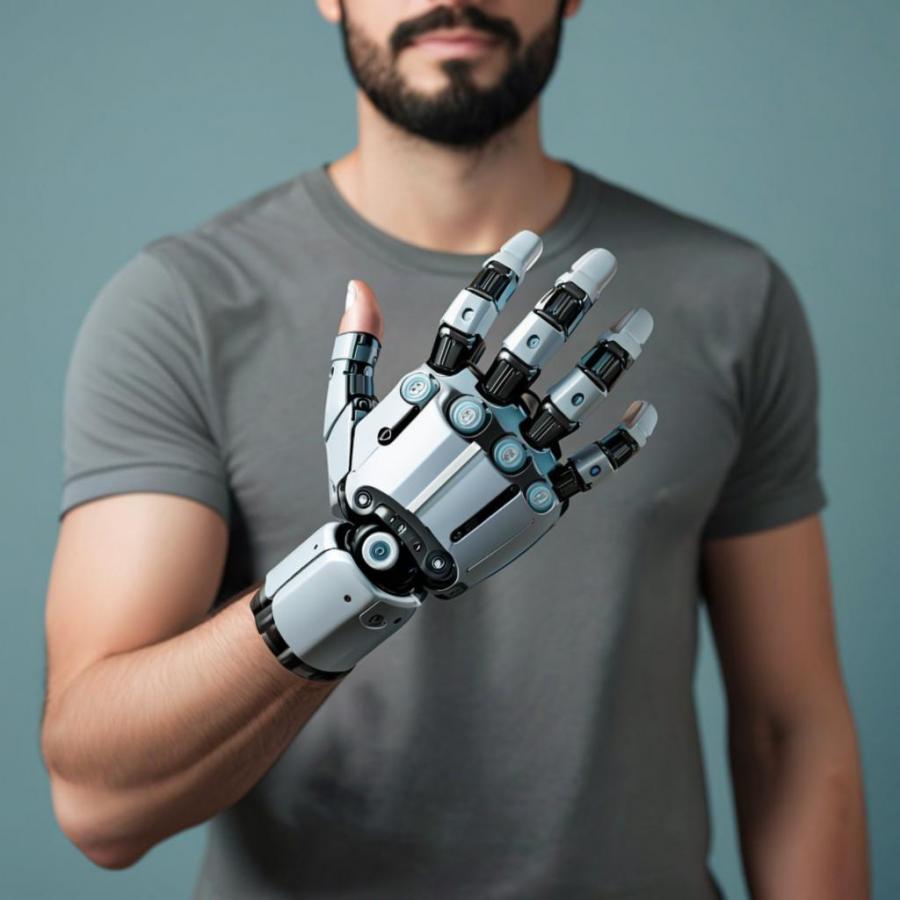A group of young scientists, including one student and two MEPhI graduates, are developing an automated hand prosthesis with microprocessor control, which promises to be easier, cheaper and more manageable than similar products available on the market. The project won the Student Startup contest of the Ministry of Education and Science of the Russian Federation and the Innovation Promotion Foundation.

According to Vadim Galushka, the leader of the development team, a graduate of the Higher Engineering School of the National Research Nuclear University MEPhI, the prosthesis will allow the patient to move his fingers and pick up various objects. The movement of the fingers will be carried out at the expense of miniature electric motors-aktуfor ators, built into the" palm " of the prosthesis; in total, the finished product will have six electric motors (thumb movements will be served by two aktуfor ators). The control commands of the am electric motorам will be given by a microprocessor, which, in turn, will decipher electrical (electromyographic) signals coming from the muscles of the hand; the removal of electrical signals from the muscles will occur due to electrodes attached to the surface of the skin of the hand. куThe development of the electrodes is currently being carried out by development partners in Akademgorodok, Novosibirsk, and распознавать Stepan Kitaev, a student of the Higher Engineering School of MEPhI, is teaching artificial intelligence that will recognize signals from the electrodes as one of the 18 possible grips of the prosthesis. The development of the electronic part and the control algorithm of the system is conducted by Konstantin Pimenov, a graduate of the Higher Engineering School of MEPhI.The battery should provide 18 hours of continuous operation of the prosthesis or 1300 "grip" movements.
The main advantage of the designed prosthesis in comparison with imported analogues existing on the market should be low cost and weight; the gain in weight will be achieved through the use of plastic instead of metal and flexible truss structures instead of joints replacing hinges. It is planned that the prototype of the product will be manufactured in 2026.





